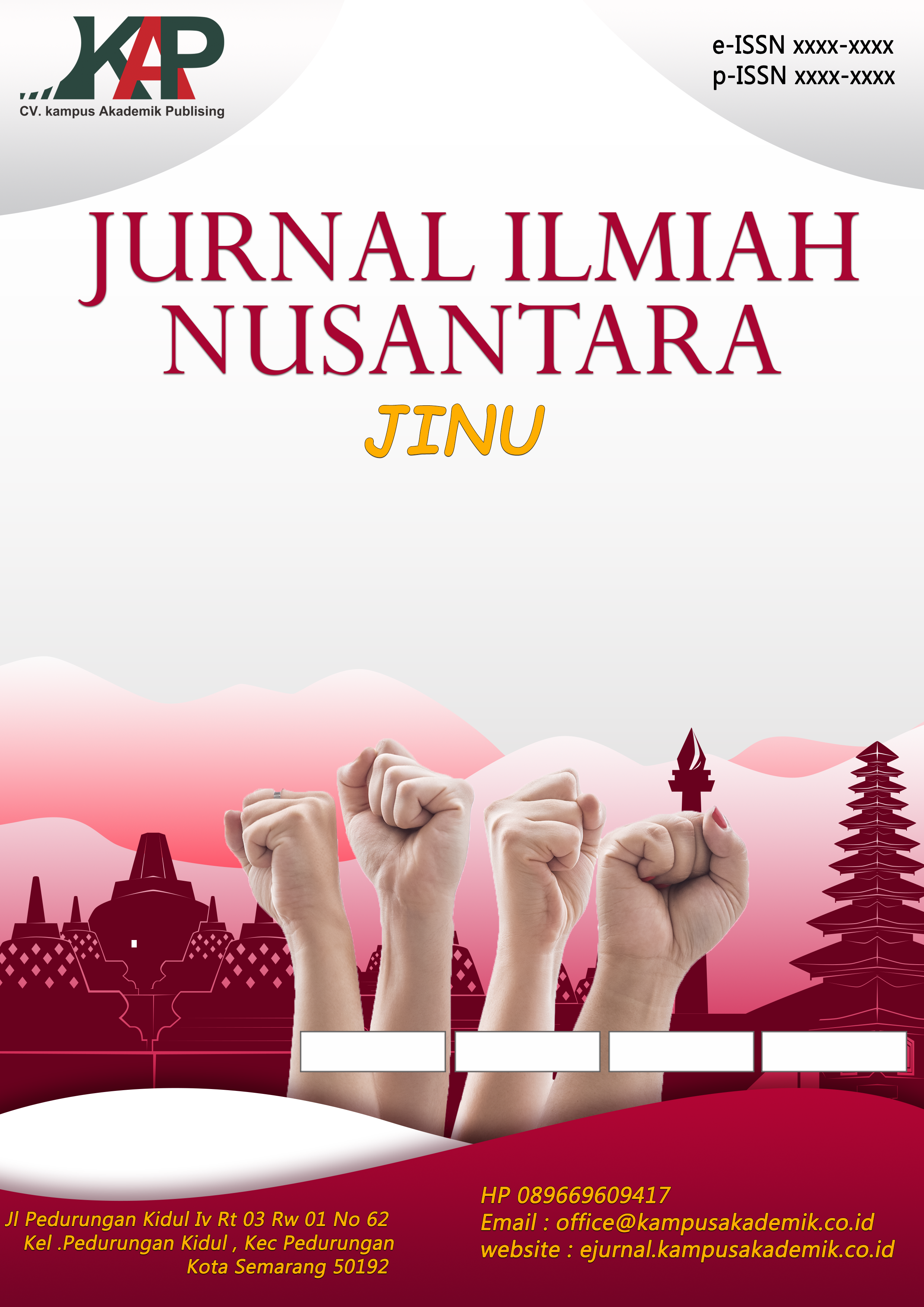ANALISIS PERKEMBANGBIAKAN TUMBUHAN SECARA VEGETATIF
Keywords:
Vegetative Propagation, Plants, Literature Review.Abstract
This study aims to provide a comprehensive explanation of the process, types, benefits, and advantages and disadvantages of vegetative reproduction in plants, both naturally occurring and assisted by humans. This study uses a literature review method, in which all data is collected from junior high and high school biology textbooks, scientific education journals, online articles, and teacher teaching modules. The information obtained was then analyzed and systematically organized to make it easily understandable for students and the general public. The results of the study indicate that vegetative reproduction is an effective method for plants to multiply without seeds. Naturally, this reproduction occurs through plant parts such as roots, stems, and leaves, for example in ginger, onions, or bananas. Artificially, humans utilize techniques such as cuttings, grafting, budding, layering, and rooting to accelerate the propagation of superior plants. Vegetative reproduction has advantages such as a faster process, plants that are identical to their parents, independence from seasonal constraints, and suitability for maintaining the quality of superior plants. However, this method also has drawbacks, including the inability to produce new variations, the risk of transmitting diseases from the parent to the offspring, and not all plants can be propagated using this method. This study concludes that knowledge about vegetative propagation is very important to be introduced early on because it is beneficial for agriculture, education, and daily life, especially in planting and gardening activities.
References
Arifin, R. (2021). Biologi untuk SMP/MTs Kelas IX. Jakarta: Penerbit Erlangga.
Budi, S. (2020). Pengenalan Biologi Tumbuhan. Bandung: Pustaka Ilmu.
Fitriani, L. (2022). “Perkembangbiakan Vegetatif pada Tanaman Hortikultura.” Jurnal Biologi Edukasi, 5(1), 33–39.
Hidayat, M. (2023). Ilmu Biologi Dasar untuk Siswa. Yogyakarta: Duta Ilmu Press.
Kurniawan, D. (2024). “Pengaruh Stek Batang terhadap Pertumbuhan Tanaman Sirih.” Jurnal Tanaman Nusantara, 4(2), 60–66.
Lestari, A. (2020). Sains Tumbuhan untuk Pemula. Malang: Graha Edukasi.
Munir, R. (2023). “Teknik Cangkok dan Keberhasilannya pada Tanaman Buah.” Jurnal Pertanian Sejahtera, 7(3), 87–93.
Nuraini, H. (2022). Pendidikan IPA Terpadu untuk SMP. Surabaya: Media Sains.
Prasetyo, W. (2021). “Okulasi dan Enten pada Tanaman Mangga.” Jurnal Hortikultura Indonesia, 9(1), 12–17.
Wahyuni, D. (2023). Panduan Praktis Berkebun di Rumah. Jakarta: Pustaka Hijau.
Downloads
Published
Issue
Section
License
Copyright (c) 2025 JURNAL ILMIAH NUSANTARA

This work is licensed under a Creative Commons Attribution-ShareAlike 4.0 International License.













